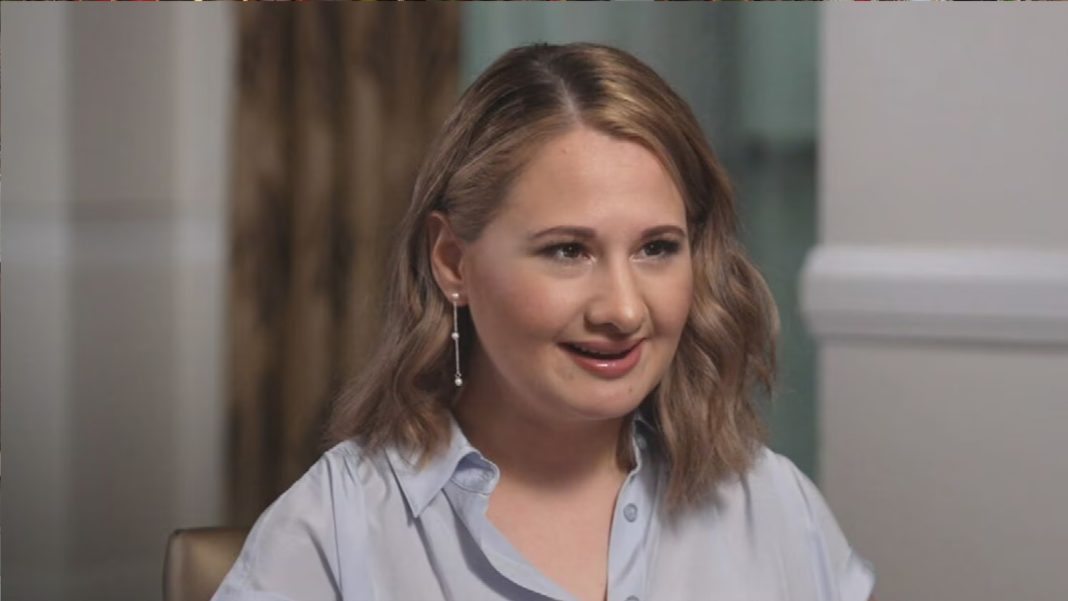 The upcoming years are expected to witness a massive transfer of wealth, known as “the horizontal wealth transfer,” with an estimated $9 trillion being passed down to spouses and partners, according to a new report. This transfer is part of a larger trend in which aging baby boomers and older generations will pass down a total of $84 trillion in wealth to both charity and family members. The majority of these inheritances will go to younger generations, including Generation X, millennials, and Generation Z.
The upcoming years are expected to witness a massive transfer of wealth, known as “the horizontal wealth transfer,” with an estimated $9 trillion being passed down to spouses and partners, according to a new report. This transfer is part of a larger trend in which aging baby boomers and older generations will pass down a total of $84 trillion in wealth to both charity and family members. The majority of these inheritances will go to younger generations, including Generation X, millennials, and Generation Z.
One key factor influencing the distribution of this wealth is the fact that surviving spouses and partners typically receive the initial inheritances. Additionally, women tend to outlive men, which means that a significant portion of the wealth transfer will go to women. The UBS Global Wealth Report states that an estimated $9 trillion will be transferred “intra-generationally,” meaning from one spouse to another.
The report refers to this phenomenon as the “horizontal wealth transfer” as it involves the movement of wealth within the same generation rather than between different generations. Although it may often go unnoticed, these horizontal transfers have the potential to reshape various sectors such as wealth management, investing, and luxury spending. These areas have traditionally been dominated by men, but with the increasing number of inheritances going to spouses and partners, women are set to play a more significant role.
Paul Donovan, the chief economist of UBS Global Wealth Management, highlights that many people have a traditional view of wealth passing down through generations. However, approximately 10% of the wealth is expected to move sideways to spouses or partners before being passed on to children. Donovan emphasizes that this distribution of wealth will change over time.
The Americas are projected to see the largest horizontal wealth transfers. With over 43 million people aged 75 and above in the region, there is a combined transferrable wealth of over $50 trillion. The average age of individuals passing down wealth in this region is over 85.
While some families may directly pass fortunes to the next generation, it is common for inheritances to follow a two-step process. First, the surviving spouse receives the inheritance, and then they pass it down to the next generation. Estate laws typically allow the surviving spouse to inherit property of unlimited value without being subject to estate tax. After receiving the $9 trillion from their spouses, partners are expected to pass down over $8.4 trillion to the next generations, making them key decision-makers in the wealth transfer process.
These horizontal wealth transfers contribute to what is known as the “feminization of wealth.” As women’s incomes and wealth continue to rise, combined with inheritances for both older and younger generations, women are expected to make up a growing share of high-net-worth investors and consumers. Currently, women represent over 11% of the world’s millionaires, nearly double the percentage in 2016, according to Julius Baer.
The impact of this shift in wealth distribution will be felt in wealth management. UBS reports that 45% of their wealth clients are now women. This change in client demographics will lead to different perspectives and priorities when it comes to managing wealth. McKinsey estimates that by 2030, women will control most of the $30 trillion in baby boomer wealth. The wealth management industry, which has traditionally been male-dominated, is experiencing a shift as more women become decision-makers in financial and investment matters.
Luxury brands are also adapting to cater to this changing landscape. For example, the luxury watch market has seen significant growth in women’s watches as one of the fastest-growing segments. The CEO of Bulgari, Jean-Christophe Babin, acknowledges this trend and believes that it will continue as women gain more independence, autonomy, and purchasing power.
The horizontal wealth transfer also presents opportunities for philanthropy. Giving to organizations focused on women and girls saw a 9% increase in 2020, reaching over $8 billion, according to the Women’s Philanthropy Institute. Prominent individuals like Melinda French Gates and MacKenzie Scott have made substantial donations to causes supporting women and girls.
In conclusion, the horizontal wealth transfer will have significant implications for various sectors, including wealth management, investing, and luxury spending. The distribution of wealth to spouses and partners, particularly women, will reshape these industries and lead to a more prominent role for women in decision-making. This shift aligns with the broader trend of the feminization of wealth, as women’s incomes and wealth continue to rise. The impact of these changes will be seen in the coming years as billions of dollars are transferred within generations, providing opportunities for philanthropy and shaping the global economy.


